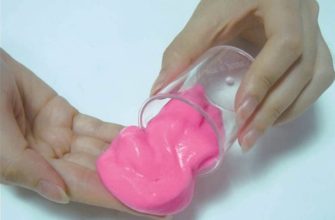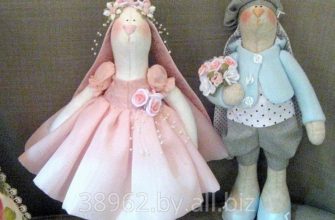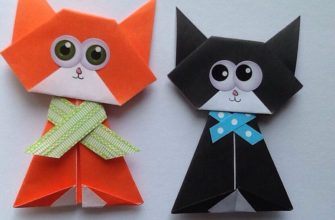Developing sensory toys help children learn to correctly perceive objects in the surrounding world. Many developing toys can be made independently.
What are soft sensory cubes for baby development
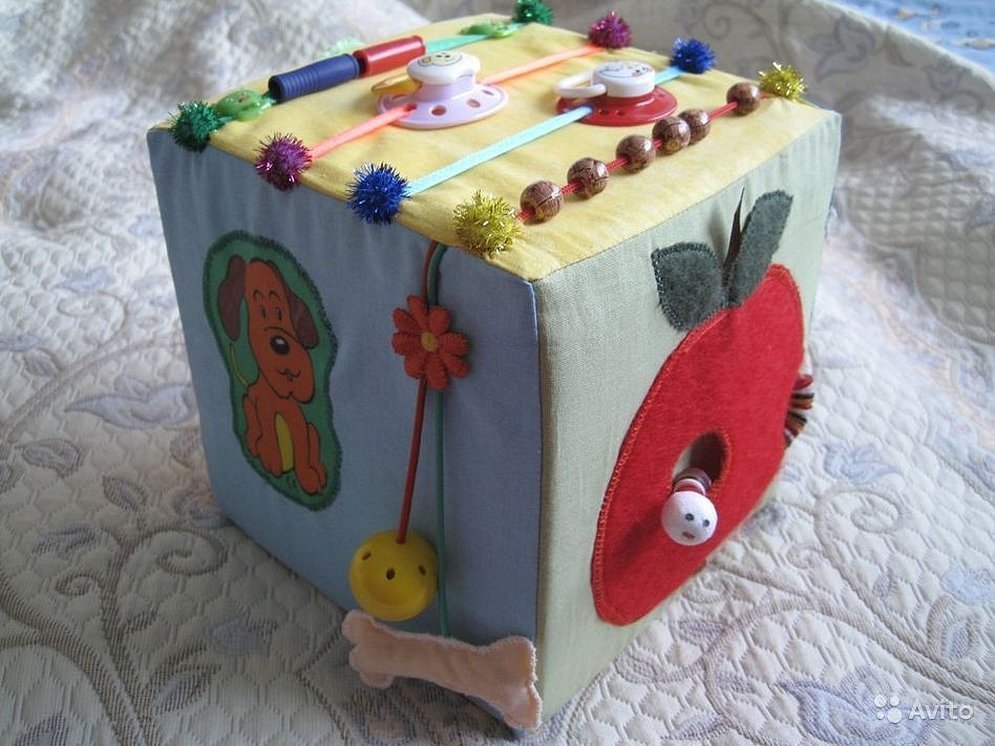
Attention! A cube is an element of a simple construction set, thanks to which a child learns to see the connections between objects and connect them with each other.
Soft colored cubes are pleasant to the touch, and children will like it. Cubes are one of the oldest toys in the world. They have been known since the 1st century BC. Simple, but perfect in form, the toy has become an integral part of many interesting children's games.
A developmental cube is an interesting and useful craft for children of the earliest age. Playing with a cube, the baby will learn to recognize the color, size and shape of the cube, as well as remember what the object feels like to the touch. Sensory toys play an important role in the process of mental development of the child. The baby will be able to grab the cube, twist it in his hands and move it from place to place. During the game, the child's fine motor skills, speech, attention and thinking are developed.
Cubes of different sizes are sold in sets. Such development sets are called sorters.
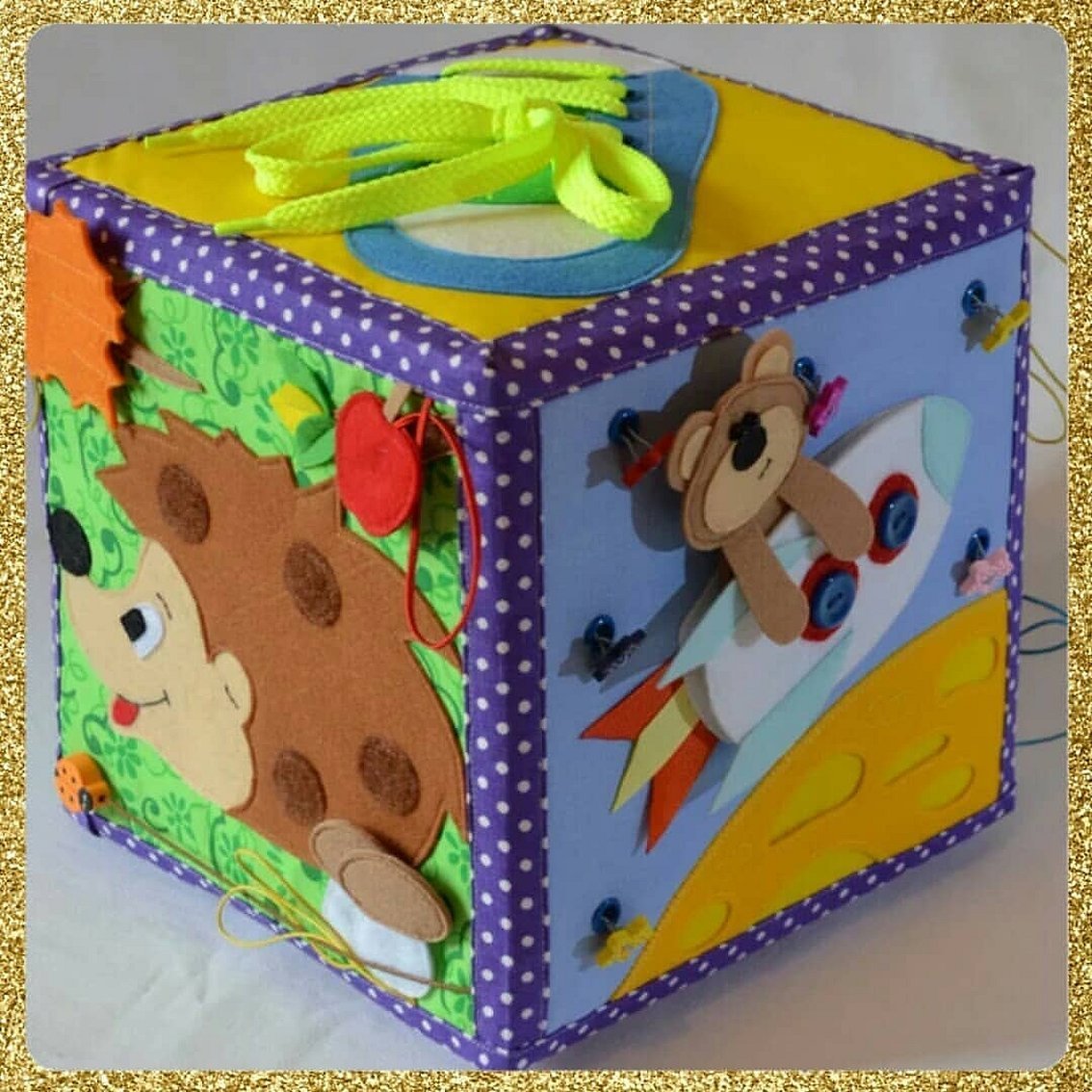
Soft Cube Variations
Soft cubes are designed for babies from 4 months to 3 years old. They are sewn from high-quality non-toxic materials. The child will be able to twist these toys, squeeze them with his fingers and even try them with his tongue. It is impossible to hurt yourself on these colorful soft cubes: they are absolutely safe and bring a lot of benefits. As a rule, you can find cubes of various sizes in stores. Leaning on a large cube, the child will learn to walk.
There are several types of soft cubes:
- With multi-colored faces. Each face of the cube is painted in its own color. In this way, the child will be able to learn the names of 6 colors.
- With bright, colorful pictures. Looking at pictures with images of animals, birds, berries, the baby will remember them.
- With letters. Useful for teaching literacy.
- With letters and pictures. The pictures show objects whose names begin with the indicated letter.
- With numbers. Will be needed to get acquainted with mental arithmetic.
- Mosaic cube. Each face shows a part of the picture. You need to correctly assemble several cubes to get a whole picture.
- With pockets. You can hide different items in them.
Developmental cubes are sewn from various high-quality materials:
- felt;
- plush;
- wool;
- knitwear.
The inside of the toy is tightly stuffed with synthetic padding or holofiber. There are no sharp elements in it, so the baby will not get hurt. The elastic cube can be washed in the washing machine.
Attention! If the cube is filled with holofiber from the inside, it turns out soft, but may not always hold its shape.
If a cubic piece of foam rubber was used as a base, the figure will hold its shape, but may be too hard.
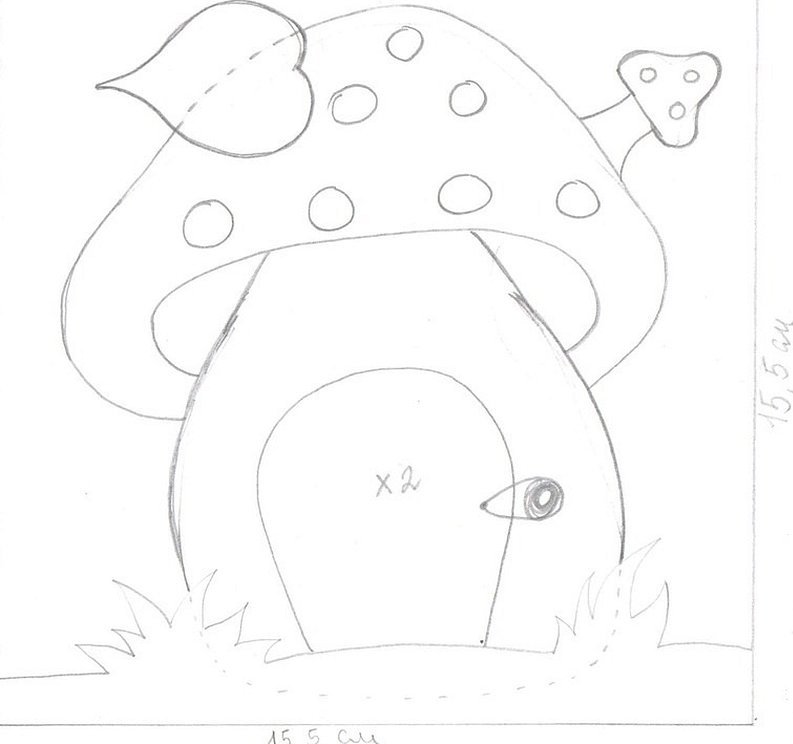
Ready examples for girls and boys
You can sew a cube for your baby with your own hands. Using your imagination, even a novice craftswoman can create an original toy and decorate it with interesting details. Beautiful and funny cubes will appeal to all boys and girls.
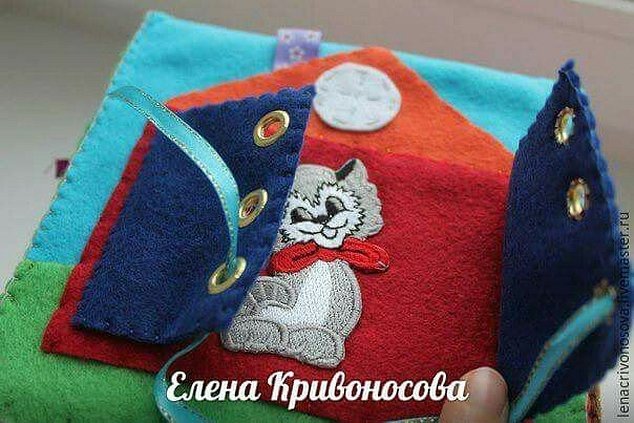
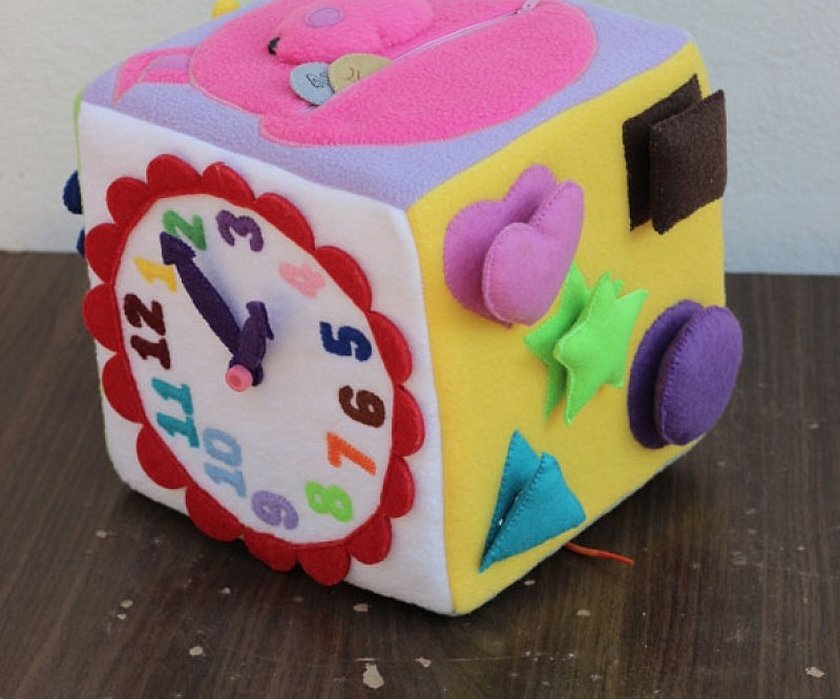
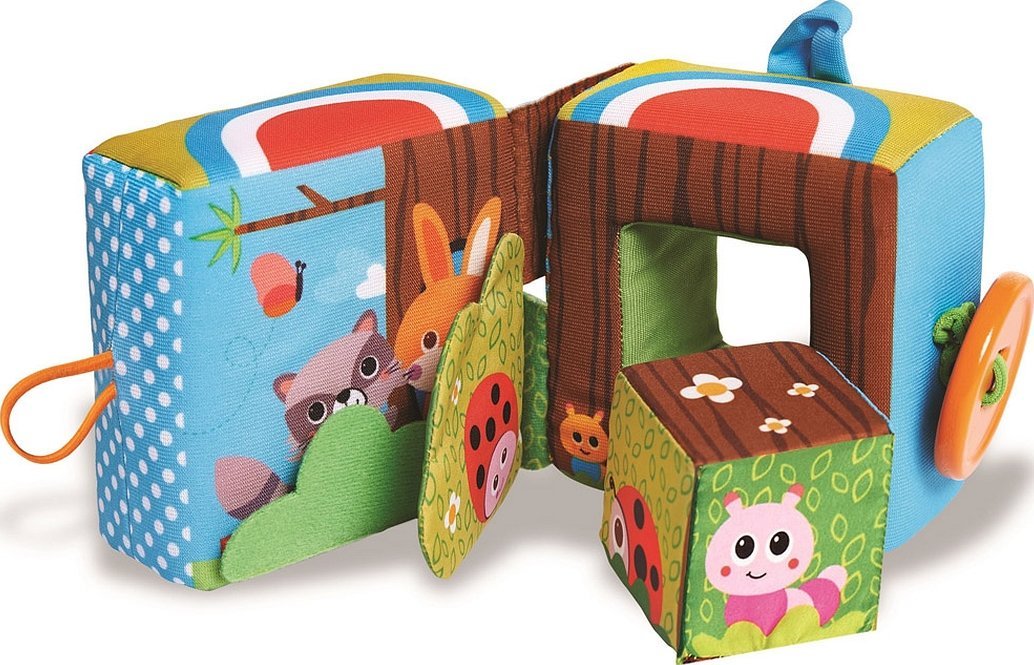
What you will need during the work process
Necessary materials and tools:
- felt, fleece, plush or any other soft fabric;
- sewing threads (they should match the color of the fabric);
- tailor's scissors;
- sewing needle;
- tailor's chalk;
- holofiber, synthetic winterizer, foam rubber, cotton wool - for stuffing;
- ribbons, rings, laces, Velcro, hooks, fasteners – for decoration;
- thermal transfers (transfer images);
- interlining.
You can cut out a beautiful pattern from multi-colored pieces of fabric and sew it onto the cube.
If the toy is made of foam rubber, it can be sewn from soft and light fabric. If you plan to stuff the toy with holofiber, it is better to use a denser fabric, such as felt or gabardine.
Important! You should not sew beads or seed beads onto the toy, as small children may swallow them.
All laces and rings must be securely sewn to the walls of the cube.
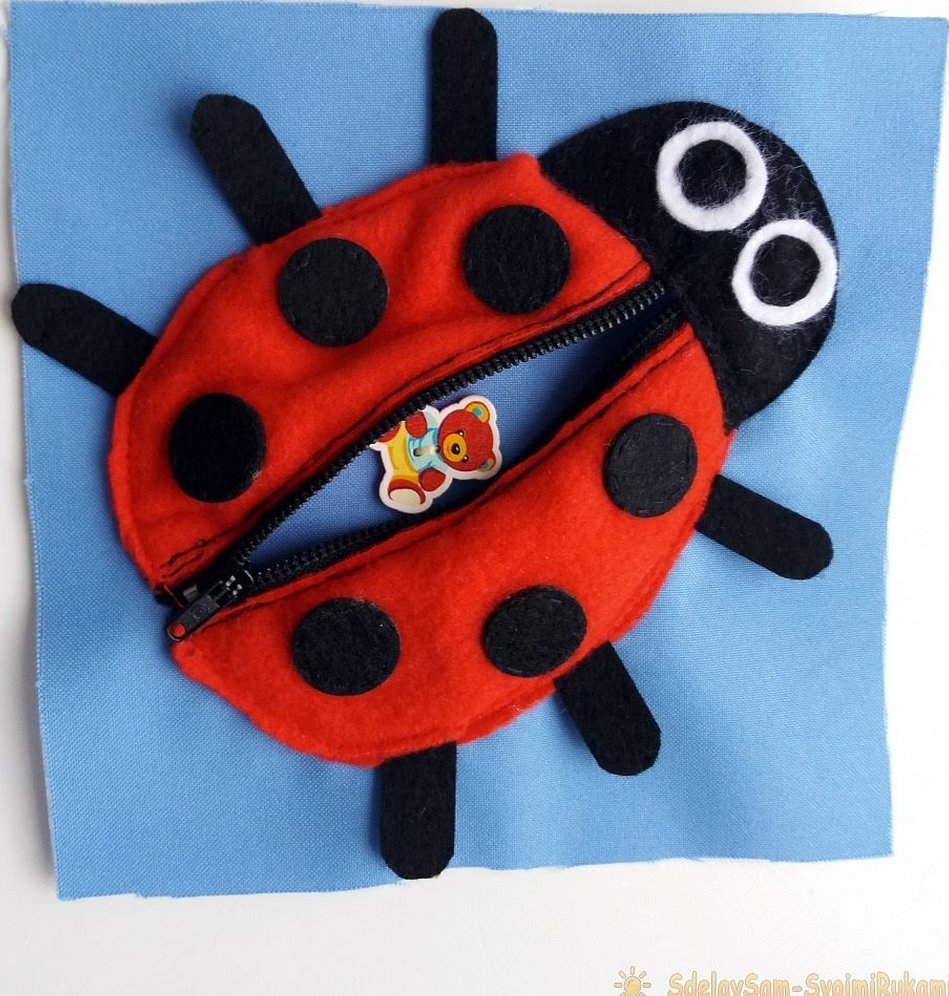
How to work with templates correctly
Soft cube templates have been created to help beginners. You need to cut 6 squares of the same size (8 x 8, 10 x 10 or 15 x 15) and sew them together. Leave 1–2 cm on the pattern for seams.
First, you need to cut out a template from cardboard - an even square. Then the fabric is folded into 6 layers, the template is applied to them and the square is outlined with tailor's chalk. Then it is cut out along the contour, and then you will get 6 identical neat parts.
Additionally, cut-out fabric patterns, appliques, ribbons and much more are sewn on. You can decorate the cube walls with embroidery. Cutting requires a lot of attention and time. The result depends on the quality of the cutting.

Ready-made templates of soft cubes
The easiest way to work is with ready-made templates, patterns and diagrams. How to work with templates:
- You should print out the diagram, pattern or template.
- You need to place tracing paper on top and trace the outline of the drawing with a simple pencil.
- Carbon paper is placed on cardboard or thick paper, and tracing paper with a drawing is placed on top. Its contours are traced with a pencil, pressing hard on it.
- Use scissors to cut out a piece of cardboard.
The same method is used to transfer a design from office paper to fabric.

DIY Developmental Cube: Step-by-Step Work Procedure
A felt cube will become an interesting and educational toy for the youngest children. The cube walls can be decorated with any pictures, puzzles, pockets, laces. All the details will be useful for developing the baby's thinking and fine motor skills. He will be able to learn to untie and tie laces, unfasten fasteners, etc.
Master class step by step:
- Transfer the design onto the fabric and cut out the piece.
- In the same way, using a template, cut out figures for decoration from fabric of a different color: a heart, a bear, a bunny, an apple, the sun and any other drawings.
- Sew decorations to each edge using threads of the appropriate color. For example, a red heart is sewn with red threads, a sun with yellow, leaves with green, a bunny with gray, etc.
- Glue the squares with interlining so that the fabric holds better and the details become more pronounced.
- Place the heat transfer with the design facing down on one of the squares and press it with a hot iron for 1–2 minutes. The design will be imprinted on the felt.
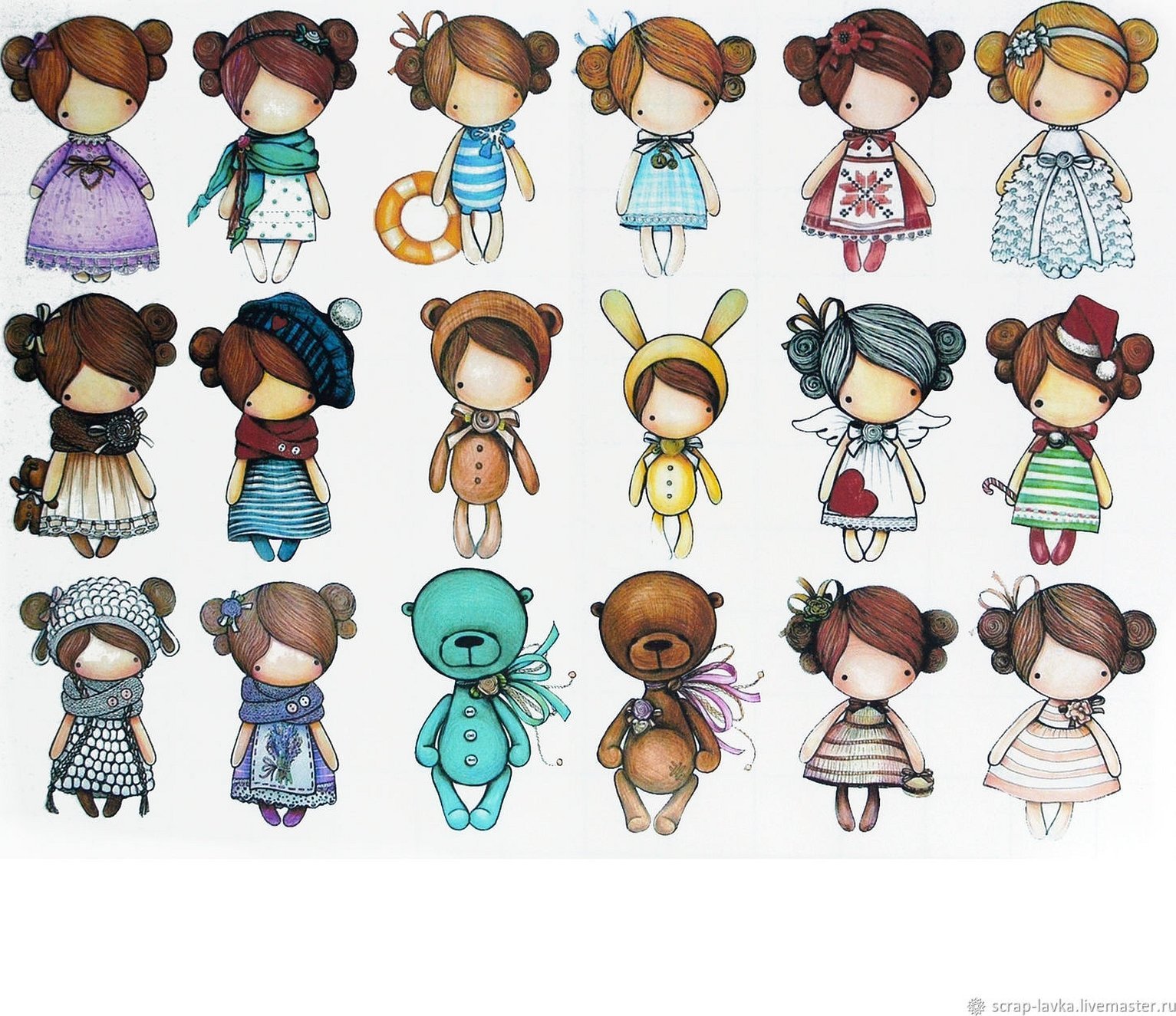
- If the base is a foam cube, then the squares are applied to its sides and sewn together with a blind stitch.
- If instead of a foam base there will be padding with synthetic padding or holofiber, then the squares are sewn together from the inside with a back stitch, leaving only one edge of the cube unstitched. The figure is tightly stuffed through this hole, and then this edge is sewn with a blind stitch.
A felt cube is a useful toy for the little ones. Making such a craft, mom will be able to show her imagination.
Advice! Pictures can be covered with doors and fasteners, then the child can unfasten the Velcro, open the pocket or door, and see the picture.
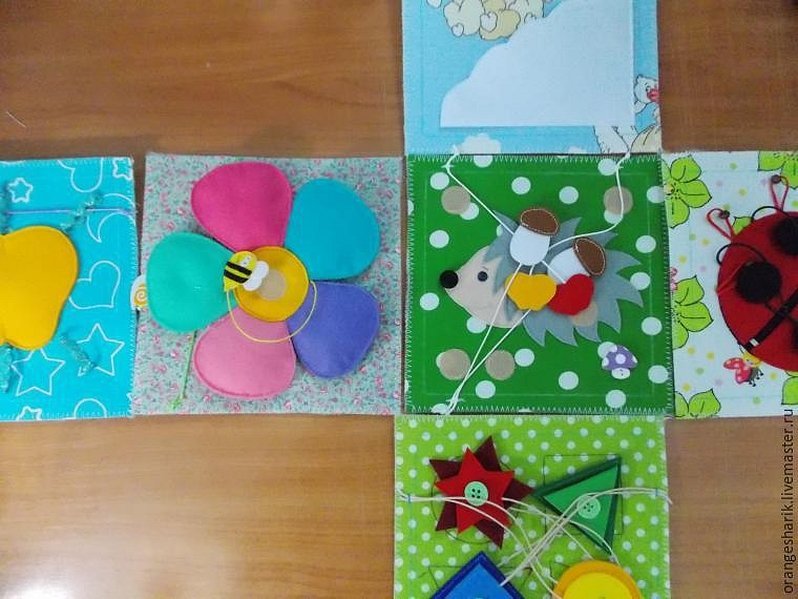
A soft cube made by hand is a great gift for a baby. A child can play with this toy even in the first months of life. Thanks to the exciting game, he will begin to learn about the world faster.

